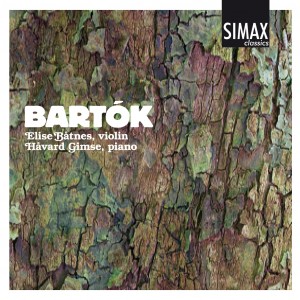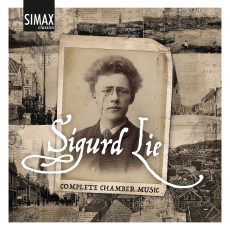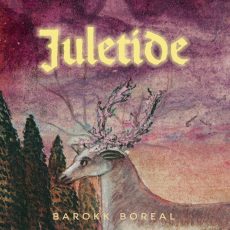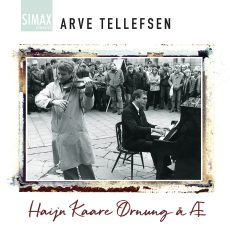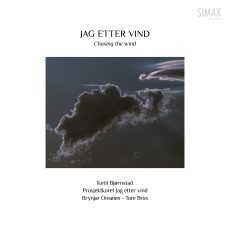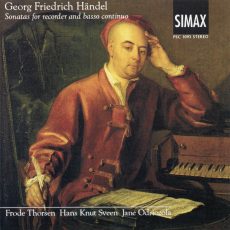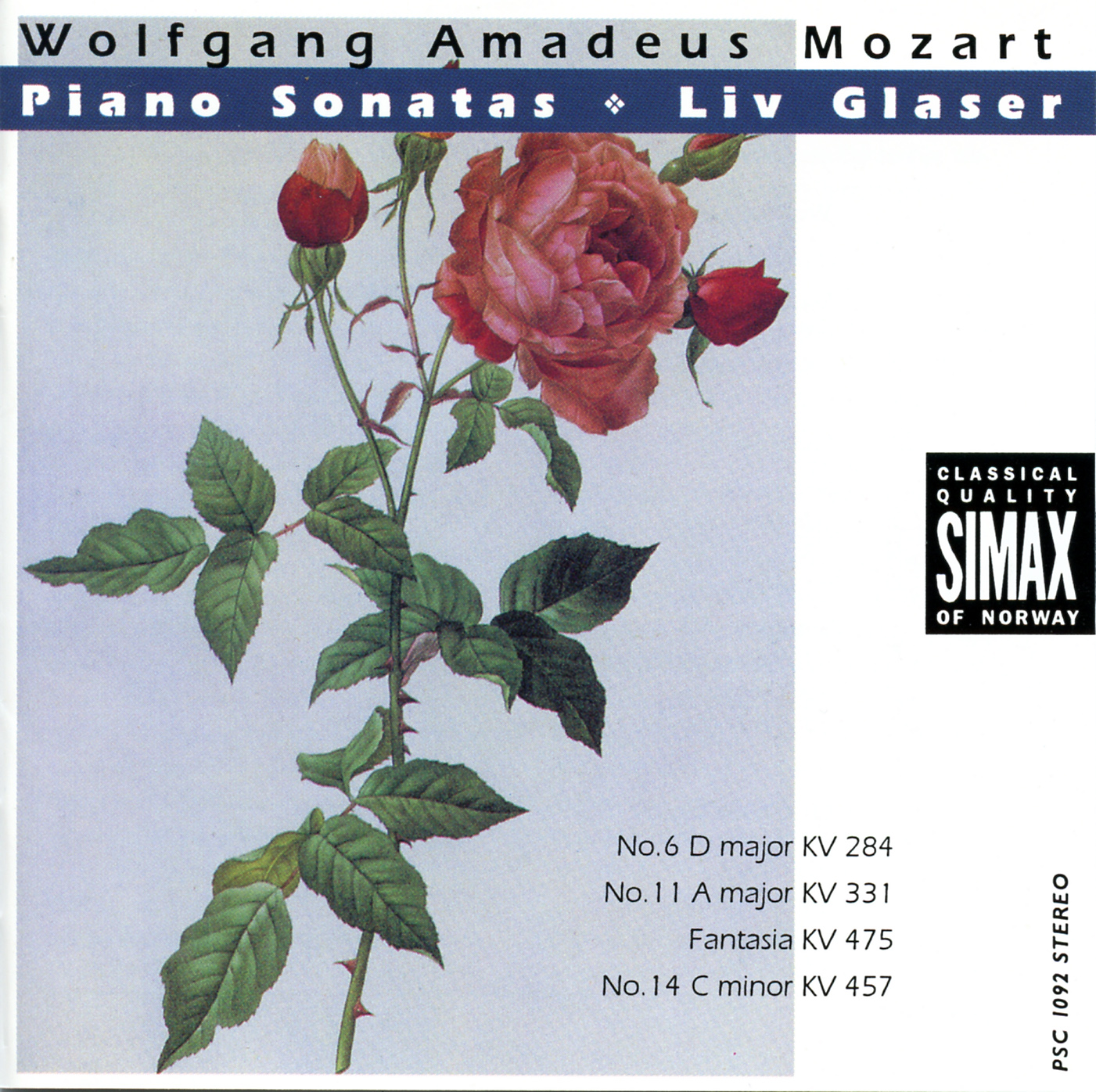Music on postcards
The earliest surviving work by Bartók for violin and piano is the Andante in A major composed in 1902 while he was a student at the Budapest Academy of Music. It seems to have been written for a fellow-student destined for fame as a violinist, namely Adila d’Aranyi, niece of Joseph Joachim. The work was written as a kind of friendly message, Bartók wrote the manuscript on a series of six postcards. This dreamily romantic effusion is melodically so tender that it is almost salon music, but its range of modulation is too bold and unexpected for that designation.
More substance and individuality
The Sonata in E minor was written only one year later, but it reveals the more ambitious composer – audibly inspired by both the virtuosity of Liszt, Hungarian folk music, the chromatic harmony of Richard Strauss and the violin sonatas of Brahms. But most importantly, the piece contains plenty of indications of Bartók’s individuality and is an enjoyable and impressive piece in its own right
Ad fontes – Hungarian folk music and the last sonata
Bartók and Kodály, as professional ethnomusicologists, uncovered the old, authentic Hungarian folk music by going into the countryside with a phonograph and recording the actual melodies people sang and danced to. They published their first joint collection of folksongs in 1906, and Bartók published the pedagogical work For Children in 1909. In 1931 Bartók transcribed several numbers under the title Hungarian Folk Songs for violin and piano. He gave this small collection a two-movement form, the first movement comprising four songs and the second five. In contrast to the piano pieces’ original teaching purposes, the transcription requires real virtuosity from the violinist and makes a highly effective short concert item.
Bartók’s Sonata for unaccompanied violin was one of his last compositions – the last, indeed, that he was able to complete in every detail. It was written early in 1944 for Yehudi Menuhin, who had begun to emerge as a notable interpreter of Bartók’s violin music; Bartók worked on the piece in close collaboration with Menuhin, who gave the world premiere in New York on 26 November 1944 and subsequently edited the score for publication.










